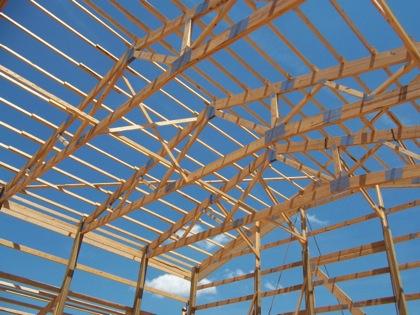Our latest effort to dispel the mysteries of the modern visual landscape calls for some triangulation. For previous columns, click here; to submit your own suggestions, email us.
Whether or not you’re drawn to tales of bygone kings, it’s hard not to be impressed with the rhetorical majesty (or the sheer high-campness) of the British monarchy’s branding. Through the late 1940s, British coins bore such remarkable inscriptions as “GEORGIVS VI D G BR OMN REX F D IND IMP.” That’d be abbreviated Latin for George VI, by the Grace of God, King of all Britain, Defender of the Faith. Oh, and Emperor of India.
Today, Elizabeth II makes do with only “DG REG FD.” In Canada, she gets Grace of God (“DG REGINA”) but nothing about faith-defending. Future monarchs may get even less—or more, depending on how you see it—as multicultural Prince Charles would like to be known as “Defender of Faith” or “Defender of the Faiths.” And British mailboxes are already a model of brevity: Their inscriptions bear a simple “E II R,” though watchful tourists may still spot a few V R (Victoria!) mailboxes that have survived into the 21st century.
Which brings me to my real subject: a high school in New York State. How? Well, royal British abbreviations of this sort—majestic, prominent, mysterious—were the first thing I thought of when Evan Romer, a math teacher at Susquehanna Valley High School in Conklin, N.Y., sent in a picture of a new door on his recently renovated school. Prominently displayed on the door is a circular red sign with the letters II R.
What to do these characters mean? Are they the fiendish mark of a secret society of American monarchists? A warning to the pacemakered, about the possibility of electromagnetic interference, as one of Mr. Romer’s students speculated? Something to do with defibrillator access? Or is it a notification that the building complies with the Americans with Disabilities Act, as Yahoo Answers would have it?
Actually, none of the above.
This type of sign is called a “Fire Fighter Safety Building Marking System” sign, or more simply, a truss sign. Its purpose is to warn firefighters if truss-style construction was used in the roof or floor of the burning building they’re about to try to save you from.

Truss-type construction
What is truss-type construction? Basically, it’s construction based on a triangle, or a series of triangles. Or, as New York’s building code snappily defines it, it’s a “fabricated structure of wood or steel, made up of a series of members connected at their ends to form a series of triangles to span a distance greater than would be possible with any of the individual members on their own.”
According to the press secretary for the International Association of Fire Fighters, Tim Burn (yes, that’s really his name), “the top number is the type of construction and the bottom letters tell which building components are of truss construction.” An F stands for trusses in Floor framing; an R for Roof framing (so, not Regina or Rex). The Roman numerals denote the type of material used. So Mr. Romer’s school (“II R”) features trusses made of noncombustible material in the roof.
Why do firefighters need to know about truss construction? Because it’s particularly dangerous in fires. One utterly terrifying presentation notes that trusses can fail “quickly when heated—in as little as 1-2 minutes.” Trusses also “fail without warning,” and “don’t get ‘spongy’ before failing,” so “ ‘sounding’ a roof is of no help” to firefighters. Most worrying of all, when firefighters arrive at a fire, they have no way of knowing how long a truss has already been subjected to heat. For tragic examples of specific incidents in which firefighters died or were severely injured by truss collapses, you can read a report by the Centers for Disease Control.
Trusses are incredibly common. About 60 percent of roofs in the U.S. feature trusses, according to the CDC. But truss signs? Not so much. At least not yet. Various government entities in Florida, New York, Mississippi, the town of Acushnet, Mass. (“a quiet friendly community” with a “well-known Apple/Peach Festival”), and elsewhere mandate truss signs.
But even where the signs are in use, the system is imperfect. The design of signs varies (you can browse various styles online). And because the signs aren’t always mandated on existing structures—only on new construction or expansions—firefighters who don’t see a truss sign have no easy way of knowing whether it’s an old building that has trusses or a new building that doesn’t.
Saving the lives of firefighters depends as much on training as on the presence of the signs, so experts exhort firefighters to not just look for truss signs, but to make sure they announce it to their colleagues when they do spot one. And Robert Solomon, a spokesperson for the National Fire Protection Association, warns that “while the signs can be helpful, they are not a substitute for preplanning, or other elements like ongoing inspections of buildings, or testing and maintenance of built-in fire protection systems.”
Overall, though, the more common truss signs become, the more lives they’ll save.
See something out there and wondering what it is? Send a picture or a thousand words to whatisthat@markvr.com.
Previously in What’s That Thing?
Tin Foil Secret
U-Shaped Toilet Seats
City Steam
Lump on a Wire
Convenience Store Strips
Wall Socket Buttons
Elevator S Button
Dashboard Arrow
Mysterious Wires
